Announcer:
The following program is a PBS Wisconsin original production.
Flood victim:
It’s bad. And we still dealing with things around here.
Frederica Freyberg:
Milwaukee cleanup continues from floodwater calamity and FEMA officials arrive to assess the damage to determine if there will be federal aid.
I’m Frederica Freyberg. Tonight on “Here & Now,” while Milwaukee waits to see if federal aid will emerge, the Red Cross is putting out an urgent call for volunteers. Immigration arrests have doubled since January. What does this mean for people in Wisconsin? Presidential threats to alter election systems renews misinformation over mail-in ballots and tabulators, and changes to student loans may impact the job landscape. It’s “Here & Now” for August 22.
Announcer:
Funding for “Here & Now” is provided by the Focus Fund for Journalism and Friends of PBS Wisconsin.
Frederica Freyberg:
Following historic flooding in southeast Wisconsin, Milwaukee County’s latest estimates on damage to public infrastructure has reached at least $34 million, a figure that doesn’t include individual property loss. The Federal Emergency Management Agency arrived this week to help the state with a preliminary damage assessment, the first step toward potential financial assistance.
FEMA agent:
Hi, I’m with FEMA.
Frederica Freyberg:
FEMA is going door to door in southeast Wisconsin over the next several days looking to understand the magnitude of damage caused by recent record flooding.
FEMA agent:
Any rain water in your basement?
Nicole Wilson:
Our teams will go wherever the state and the county requests that we go. We will see as much damage as they ask us to see. We have four teams in Milwaukee County, one in Waukesha County and one in Washington County.
Frederica Freyberg:
Accompanied by local officials, their objective is to ask questions and collect information.
Cassandra Libal:
Prior to this, we’ve been working to coordinate all the information gathering from 211 reports so that we could give that picture to WEM and to the FEMA representatives of the damage that we’ve experienced in the community.
Frederica Freyberg:
211 has been flooded with thousands of daily calls from residents reporting their losses.
Greg Engle:
Flooded basements, foundational damage. A lot of people with lost possessions and couches and furniture and things like that. So a lot of folks here are hurting.
Tyrone Roberts:
You know, I’m disabled. I need help.
Frederica Freyberg:
People like Tyrone Roberts.
Tyrone Roberts:
We never had this much trash on our block. Now the garbage man won’t even come down the street, so we just got to deal with it and do the most as we can as a community.
Frederica Freyberg:
In the short term, officials recommend calling 211.
Greg Engle:
211 can take that damage information but they can also connect residents with services in their area that can help them.
Frederica Freyberg:
But large-scale aid is still a ways off.
Cassandra Libal:
We’re really just trying to get a snapshot, a representative sample of what has happened across the county.
Nicole Wilson:
And this is the first step in the process toward getting a major disaster declaration so here we are in the beginning phase of here. FEMA will make the recommendation to the president. The president has the final say on whether a disaster declaration will be issued.
Frederica Freyberg:
When that could happen is still unknown. With FEMA in Wisconsin following those devastating floods in and around Milwaukee, the American Red Cross of Wisconsin is issuing what it calls an urgent call for disaster action team volunteers to help families both locally and nationwide. Kathryn Halvorsen with the Red Cross of Wisconsin joins us with more. And thanks very much for being here.
Kathryn Halvorsen:
Absolutely. Happy to be here. Thanks for having us.
Frederica Freyberg:
So I know that the Red Cross responded to Milwaukee. What kinds of work did people with the Red Cross do there?
Kathryn Halvorsen:
Yeah, absolutely. We, you know, we have had volunteers responding around the clock to Milwaukee. Originally, we had opened two shelters and then consolidated to Milwaukee Marshall High School, down to one centralized location that was more accessible to the clients that we were serving there. And we were offering everything from a place to stay and eat, to charge your phone. People can stay as long or as little as they need. And then on top of that, we were always offering our wraparound services. So mental health support, disaster support, casework recovery, resources outside of us. It takes a huge effort and partnership in the community to be able to help those that needed us most.
Frederica Freyberg:
How many people availed themselves of your services?
Kathryn Halvorsen:
Unbelievable. We had 100 local Wisconsin Red Crossers respond, so we started as a level three disaster, which is basically still managed by the Wisconsin region. And then we upped it to a level four disaster response operation. So now we’re starting to see that national leadership support because the need is so great. So it’s great that now we have that national leadership supporting us.
Frederica Freyberg:
So that sounds as though the Red Cross maintains a presence in Milwaukee.
Kathryn Halvorsen:
Absolutely. Like I said, we’ve got seven levels for disaster. And when you hit that four level for disaster, we’ve got folks from national that are really stepping in now to support us and offer guidance and leadership to our regional team. Of course, we don’t want anyone to get burnt out at the regional local level. So I believe in total we have over 150 volunteers helping with Milwaukee still.
Frederica Freyberg:
And now you’re putting out an urgent call for disaster volunteers. Why are you doing that?
Kathryn Halvorsen:
Yeah. You know, we respond to 65,000 disasters every single year. And in the Red Cross, there’s a saying and it’s “we’re in continuous disaster response.” With disasters happening more frequently, we’re responding to a disaster, new disasters within 15 days. So just to mention too, while we had this flooding happening in Milwaukee, we also had to open a third shelter unrelated to the floods because of an apartment complex fire that displaced more than 40 people. So this is nothing new to the Red Cross. It’s just about building that capacity now. We need more boots on the ground, helping us be there for clients when it’s needed most.
Frederica Freyberg:
What would volunteers expect to be doing if they signed on?
Kathryn Halvorsen:
Yeah, so we have a really great process. When you sign up through RedCross.org/volunteer, we have a volunteer services team that is fielding all these new applications. And then they go through the process with you of determining where you think your talents will be utilized best. So I will say first and foremost, our biggest need position is disaster action team. So you’re the first people helping families after a home fire or flood. Aside from that, we have so many other positions: sheltering positions, casework, mental health care. It’s really an endless opportunities available to those who are looking to make a difference. And it doesn’t require any previous training. We offer all the training available through our volunteer connection portal.
Frederica Freyberg:
All right. Kathryn Halvorsen, we leave it there. But thank you and thank you for your work.
Kathryn Halvorsen:
Absolutely. Thank you so much for giving us this platform to talk about our response.
Frederica Freyberg:
In other news, 13 county jails in Wisconsin now cooperate with ICE, with sheriffs’ departments either serving warrants or identifying undocumented people and then holding them for immigration officials. And according to latest ICE data, immigration arrests have more than doubled in this state since January. As of late June, ICE made 445 arrests in Wisconsin. For more on the immigration enforcement landscape here, we turn to Grant Sovern. He’s a Madison immigration attorney who helped found the Community Immigration Law Center. And thanks very much for being here.
Grant Sovern:
Yeah, thanks for your interest.
Frederica Freyberg:
So what can you tell me about the immigration enforcement landscape right now?
Grant Sovern:
Well, I can say that in Wisconsin, we’re seeing a part of what’s happening across the country, which is dramatically increased efforts to find people, to detain people and to try and talk them out of being in the United States. There are all sorts of coercive methods, but we have not seen widespread raids like you see in some big cities like Los Angeles and Chicago. But ICE is definitely very active in trying to find people who they have any sense whatsoever might be deportable. But the difference is they just have an idea and can allege that. But we don’t actually know that someone’s undocumented or deportable until they go through immigration court.
Frederica Freyberg:
So are most of these individuals criminals or facing criminal charges?
Grant Sovern:
That’s an easy question. No. Most of them are not criminals. Most of them are people who are trying to figure out the immigration system. A lot of people came in perfectly valid status over the past 4 or 5 years, maybe 6 or 700,000 people in the United States who followed all the rules. And now this administration has changed the rules or ended their programs. So these — a majority of people are folks who have been following all the rules all along, and it’s the government that’s changing.
Frederica Freyberg:
What kind of catch 22 is that for people?
Grant Sovern:
It’s really difficult because the government seems to believe that the majority of people come to America because of all the opportunities that are here, and we acknowledge it’s a great country. A lot of people come here for jobs and opportunity, but there is a really huge percentage of people who come because they can’t live where they are anymore. And unfortunately, the approach that they’re taking, the government is taking, is that everybody just wants to be here and we can talk them into leaving.
Frederica Freyberg:
Is there any reprieve for people who – are, like, in the system, in the immigration system, awaiting a hearing – were following the prior rules?
Grant Sovern:
If you follow the law, the answer is yes. People who are following the rules, waiting for their day in court, filing everything the correct way. You are waiting to be adjudicated about whether and how you can stay, or whether you are indeed deportable. The federal government right now is taking everybody and accusing them of being criminals and saying you must leave. So everybody believes – and the public and even the immigrants themselves – is that they have no hope, whereas we have a due process system that addresses all of these things, and the government wants to circumvent that. So it costs less and they can show more numbers faster despite whether or not anyone is actually deportable.
Frederica Freyberg:
What’s an example of a case you’ve handled that stands out?
Grant Sovern:
Well, I think right now, I think about a young woman and her children who came to the U.S. because they couldn’t face the kind of persecution that was going on where they lived, and they did not want to come to the U.S. They had to leave their family. They had to leave their community. And they followed a process that the government laid out to be able to apply for asylum in the United States. And we’re seeing lots of people in this area who have valid claims or not but are waiting to find out, who are being deported before they even find out. The good part is, there is still due process today. And if somebody can get a lawyer and get through the system. I think of this young woman who won asylum in immigration court just in the past few weeks and is able to stay. It’s still fearful because, you know, she has the color of skin that the government thinks is deportable or an accent that people are going after. But if you get through the system, you can stay and it’s done legally.
Frederica Freyberg:
Do attorneys like yourself learn where people deported are being sent?
Grant Sovern:
That is one of the hardest things we’re dealing with right now. It’s part of the government’s effort to make the whole system more difficult is we represent people who are normally kept in Wisconsin. But when ICE learns that they have a lawyer, they move them or they try and move them without even knowing about their lawyer’s status, so that family can’t find them so that they can’t make calls. Generally trying to avoid due process because it slows down their efforts to reach the numbers they want.
Frederica Freyberg:
Because one thing of note that we saw was that the ICE dashboard doesn’t make recent removal numbers public.
Grant Sovern:
I think that’s partially because they don’t know what they’re doing right now. There is a lot of disarray where people are just trying to get to the end numbers and skip over the due process. So I think they don’t actually know who they’re looking for or how many people they’ve apprehended who have immigration issues.
Frederica Freyberg:
What’s happening in courthouses or in immigration courts where ICE shows up?
Grant Sovern:
Well, right now ICE is trying to make our communities less safe because people are afraid to go seek justice where public safety actually happens. Our police, our sheriffs are trying to help with public safety. ICE has a mandate to find as many people as they can, no matter their immigration status, try to arrest and detain them and deport them before they even find out, and that is a problem in between the two. Even though ICE is considered law enforcement, when we look at local law enforcement who care about the community, who live in our community, who are trying to make things safe, ICE has just one issue that they’re interested in, and it’s even making our local law enforcement and justice systems much less safe because people are afraid to take advantage of them.
Frederica Freyberg:
Are you finding that your clients or the people that you work for are afraid to go out to go to their jobs?
Grant Sovern:
Everybody is afraid right now, and this is the perk. The government is trying to make it so difficult. There are maybe 160,000 people in Wisconsin who are not U.S. citizens, but that goes everywhere from people who have a green card, permanent residence status, a work visa, DACA authorization, and unauthorized. How is it that ICE is figuring out by looking at them walking down the street, that they might be undocumented? They’re using systems like racial profiling or the accent they have. So any of those people who have those issues are worried. Whether or not you’re undocumented, whether or not you have a valid immigration status, and some U.S. citizens who are worried about the current situation because the government is overextending, going beyond what the legal requirements and abilities are of the government.
Frederica Freyberg:
Grant Sovern, thanks very much.
Grant Sovern:
Thank you.
Frederica Freyberg:
In a move that had state election officials sounding the constitutional alarm, President Trump threatened in an all-caps social media post to get rid of mail-in ballots and target highly inaccurate, very expensive and seriously controversial voting machines. He said he would sign an executive order to do so. The president went on to post that mail-in voting results in massive voter fraud. Election experts say this is not true. The White House press office demurred on Trump’s call a day later, saying it could be a subject for Congress to take up. But we wanted to check in with a local election clerk for her take. Rock County Clerk Lisa Tollefson joins us now. And thanks a lot for being here.
Lisa Tollefson:
Thank you.
Frederica Freyberg:
So what was your reaction when you saw the call to abolish mail-in voting and voting machines?
Lisa Tollefson:
Just another piece that’s trying to get some false information out there to get some headlines. It’s not accurate. Those voting machines are extremely accurate that we use. Been through nine recounts and it’s not the machines that have issues. They are highly accurate. It’s usually somebody didn’t sign the envelope correctly. Something small. It’s human error, not the machines. Machines are accurate.
Frederica Freyberg:
But beside that point, can such a thing be done by presidential executive order?
Lisa Tollefson:
I believe Congress has the authority to change it, not the president. So — and each state actually sets their own rules for how they run elections. Not, not the president.
Frederica Freyberg:
So again, in your experience, does absentee or mail-in voting result in fraud or massive fraud?
Lisa Tollefson:
So the — there’s a check and balance through our entire system. Some states mail out absentee ballots to every person. But in Wisconsin, we mail — we only mail you an absentee ballot if you have requested it. And to request it, you have to be a registered voter. So there’s lots of steps and checks and balances that we go through in the entire system. So it’s not, it’s not randomly you just mail in a ballot with nothing to back it up. There’s checks all the way through the system.
Frederica Freyberg:
What about voting machines or tabulators? How do they work?
Lisa Tollefson:
So tabulators are not connected to the internet. They are highly tested before they can be certified at the federal level and then at the state level. We do public tests to make sure everything’s working correctly before the election. And then after the election, we do audits to verify that they counted correctly also. And again, if we need, we do a recount. And I’ve been through nine. And again they don’t — it’s not the machines that are the errors. It’s, it’s human error. It’s — they’re highly, highly accurate.
Frederica Freyberg:
Where does all of this leave clerks who maintain the integrity of elections when it comes to assuring voters once again that these things, as you say, are highly accurate?
Lisa Tollefson:
So it means we have to explain, again over and over. Sometimes the biggest thing we can do is invite them to the public test or have them be poll workers. Once they learn the system and all the checks and balances in place, they feel more comfortable with it and they understand all the work that goes into an election.
Frederica Freyberg:
What is it like to ride the roller coaster of election conspiracies?
Lisa Tollefson:
Well, I, I don’t have a boring job. It keeps me very, very entertained, sometimes some of the things that come in. Yeah, it’s up and down. Boring might be nice every once in a while, but we keep ourselves very, very — we’re explaining things constantly over and over. And sometimes that keeps us from doing other things we’d like to be doing.
Frederica Freyberg:
Like what?
Lisa Tollefson:
Getting ready for another election or training more poll workers or, you know, working right now, everyone’s working on their budgets for next year at all the municipal levels. There’s, you know, we, we — a clerk does not just do elections. We are basically in the towns. They’re the administrators of those municipalities. There’s a lot of other jobs that we do. We don’t just do elections.
Frederica Freyberg:
Is there cause, though, to be highly vigilant when it comes to election security?
Lisa Tollefson:
We are always highly vigilant. We are constantly doing checks and balances. We are checking security tags and chain of custody. There’s tons of pieces that we’re always doing. They’re always in place so that never goes away. That’s, that’s constant.
Frederica Freyberg:
All right. Well, we leave it there and we wish you luck with attending to the many duties that you have on top of all of this. Rock County Clerk Lisa Tollefson. Thank you.
Lisa Tollefson:
Thank you.
Frederica Freyberg:
With Wisconsin trying to tackle a physician shortage, new limits around graduate student federal loans could dissuade some would be doctors from going to medical school at all. New federal provisions passed as part of the One Big Beautiful Bill Act set lower borrowing limits for medical and law students and eliminate Grad Plus loans. For what the changes mean for graduates and undergraduates, we’re joined by a specialist in this area, Nick Hillman, professor in the UW-Madison School of Education. And professor, thanks very much for being here.
Nick Hillman:
Of course. Thank you for the invitation.
Frederica Freyberg:
How big of a sea change is this when it comes to federal student loans?
Nick Hillman:
It’s significant for two main reasons. One is that these are now amendments to the Higher Education Act. So these are now laws. And a lot of student loan policy has been done through regulations. And so it’s a big sea change because it really galvanizes these changes into legal statutes. So that’s one thing, which means it’s also going to be harder to change over time. But the other thing is that it just really shifts the flavor of student loans, how students are going to be interacting with the loan system. And it brings some simplicities to the system, but it also brings some complexities.
Frederica Freyberg:
I’m going to dig into that a little bit. But have you heard of medical students, say, deciding not to attend medical school because of kind of the caps on borrowing?
Nick Hillman:
I’ve heard rumblings of this. I haven’t heard that directly from prospective students, but I have heard concerns in different forums and through different networks about what does this mean for me in terms of how to pay for college? If loans are less available to me, then I have two options. I can go and try to find a loan in the private market which might have high interest rates. Or I can decide maybe I should do something else with my career. And I think that’s the tension that either people are already feeling or they will soon be feeling.
Frederica Freyberg:
So the law also eliminates I understand the Grad Plus loan. What will that mean?
Nick Hillman:
Well, the Grad Plus loan is pretty significant. About 17% of all federal student loans are in that program. And so this is a sizable share of federal student loans. And if that’s no longer available to borrowers, then again, they’ll likely go out to the private sector, to banks or to different lenders and take out loans that could be as high as 25% interest rates. These loans currently have — the plus loans currently have like 8 or 9% interest rates.
Frederica Freyberg:
Do you know what the justification for all of this was?
Nick Hillman:
To save money for the One Big Beautiful Bill Act. I believe it’s in the hundreds of billions of dollars. 270 billion is one Congressional Budget Office estimate of how much some of these changes have saved the federal government. And ultimately, that’s the end game here, is to restrict the amount of spending that the federal government does.
Frederica Freyberg:
Back to details. There were also changes to loan repayments. Is that significant?
Nick Hillman:
That is in a couple of different ways. So this is what I said earlier about the simplicity and the complexity. There’s some things that I think are pretty popular about the new repayment options for borrowers. There is now basically just two different options that borrowers can have starting in 2026. They could do a standard repayment plan that’s pegged to how much they borrowed, and then they could do a repayment assistance plan that’s pegged to how much they earn. And so in either of those cases, the idea is to have loan repayment be more sensitive to borrowers’ economic circumstances. However, there are some details that also make it more difficult and even potentially punitive for some of the lowest income borrowers.
Frederica Freyberg:
Interestingly, also, there’s new accountability standards for undergraduates. What’s that?
Nick Hillman:
There are. And this is something that’s really under the radar but very much on my radar is essentially a bachelor’s degree recipient has to earn more than a high school graduate at some point in their future. And that by itself doesn’t seem very problematic. That’s kind of the whole point of education is to boost your economic well-being. But there are a lot of majors and academic programs where the gap between a high school graduate and a college graduate are not that large. And so these accountability measures are going to, starting in 2026, they’re going to start to identify what academic programs at colleges and universities across the country are showing that positive return above a high school graduate. And I worry that maybe it’s not this year, maybe it’s not next year but at some point down the road, a lot of programs that produce graduates who go into public sector and nonprofit work that tend to have low wages are going to be either penalized by being, you know, withheld federal funds or colleges might just say, we’re not going to do this. It’s too risky to run this program anymore.
Frederica Freyberg:
Lastly, do you think that student borrowers know about these changes?
Nick Hillman:
No, I think there’s a lot of confusion. And one of the big struggles that I see and I’m hearing about is the timeline of all of these changes are supposed to be taking place July 1st, 2026. That’s ten months away. And so prospective students, current students, and current borrowers are all wondering if there’s already been several years of a lot of miscommunication, confusion and misunderstanding about the student loan system. And I’m worried, especially as the federal government winds down the Department of Education has laid off at least 50% of staff at the Department of Education. I’m very concerned about how this will be implemented and how well it will be implemented.
Frederica Freyberg:
Well, we will be watching. Professor Nick Hillman. Thanks very much.
Nick Hillman:
Of course. Thank you.
Frederica Freyberg:
For more on this and other issues facing Wisconsin, visit our website at PBSWisconsin.org and then click on the news tab. That’s our program for tonight. I’m Frederica Freyberg. Have a good weekend.
Announcer:
Funding for “Here & Now” is provided by the Focus Fund for Journalism and Friends of PBS Wisconsin.
Search Episodes
News Stories from PBS Wisconsin

Donate to sign up. Activate and sign in to Passport. It's that easy to help PBS Wisconsin serve your community through media that educates, inspires, and entertains.
Make your membership gift today
Only for new users: Activate Passport using your code or email address
Already a member?
Look up my account
Need some help? Go to FAQ or visit PBS Passport Help
Need help accessing PBS Wisconsin anywhere?

Online Access | Platform & Device Access | Cable or Satellite Access | Over-The-Air Access
Visit Access Guide
Need help accessing PBS Wisconsin anywhere?

Visit Our
Live TV Access Guide
Online AccessPlatform & Device Access
Cable or Satellite Access
Over-The-Air Access
Visit Access Guide
 Passport
Passport



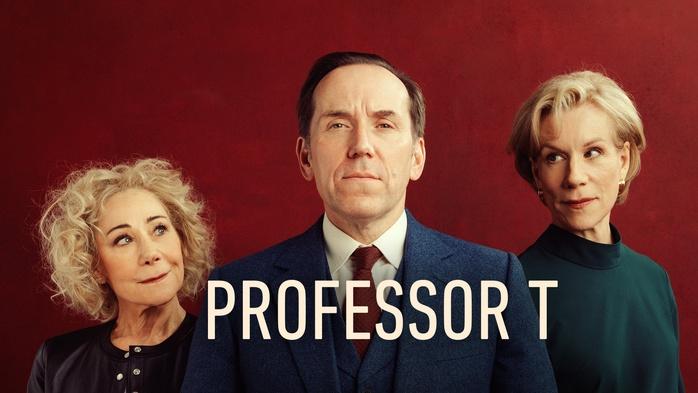




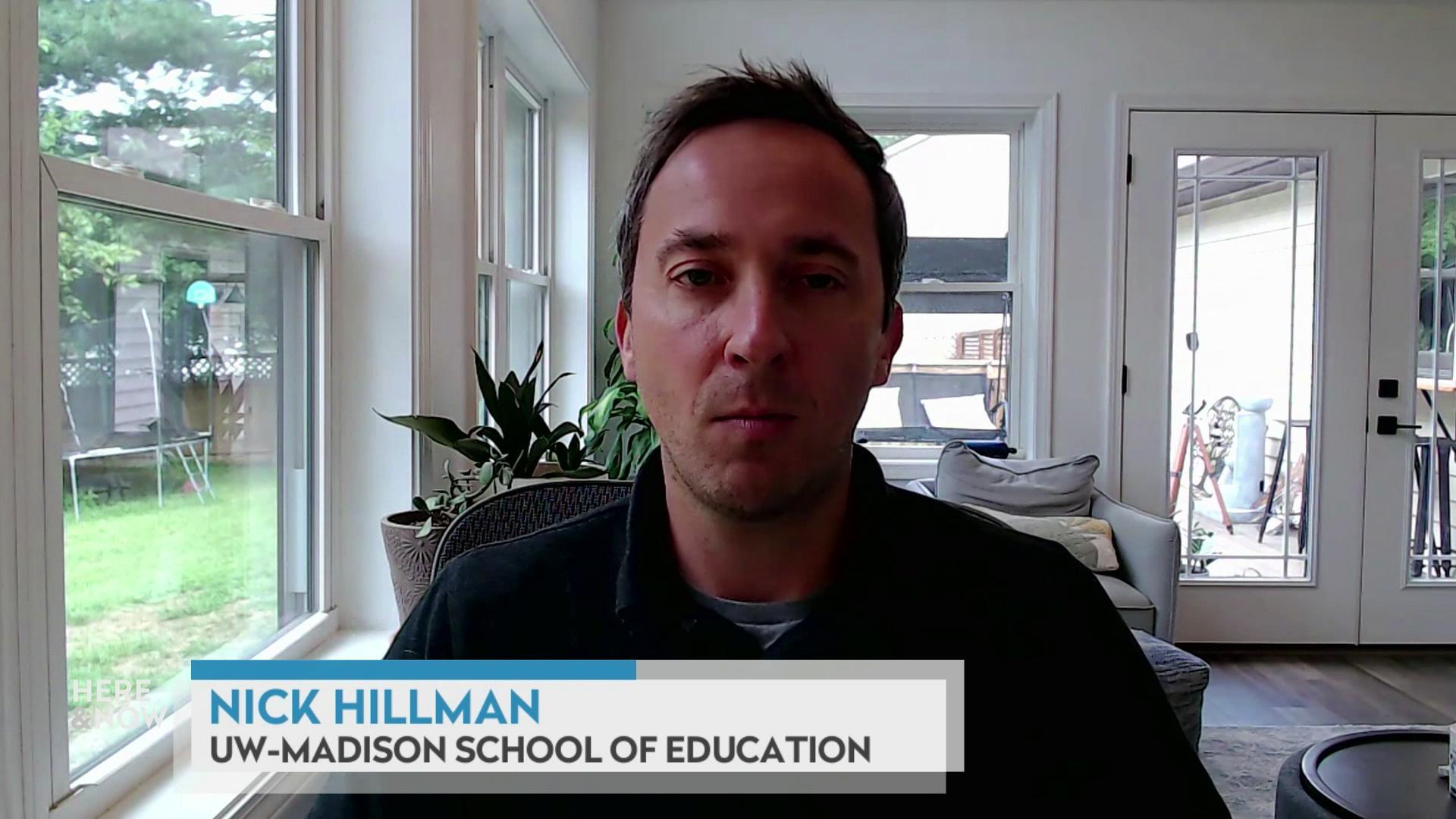
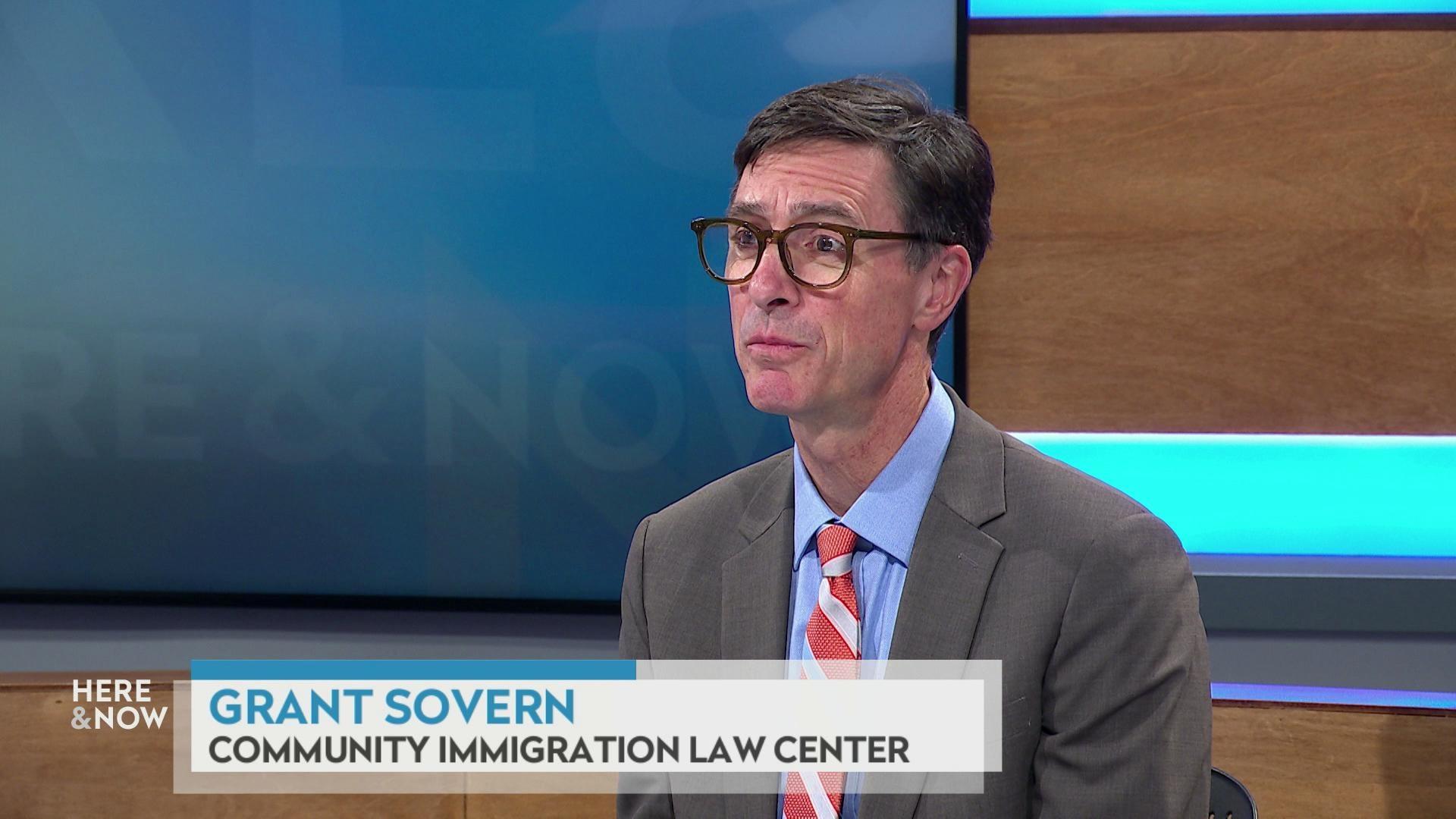
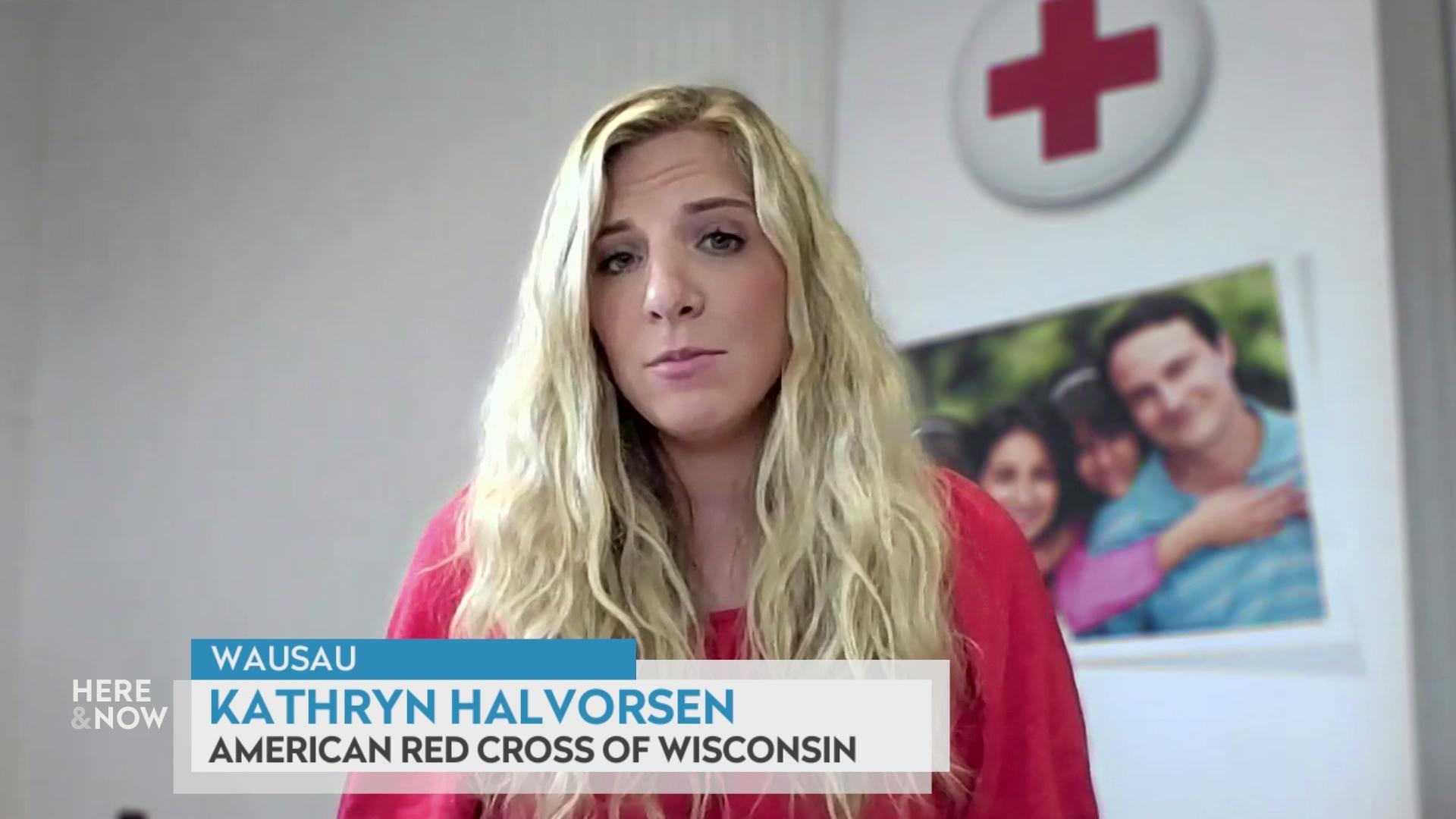
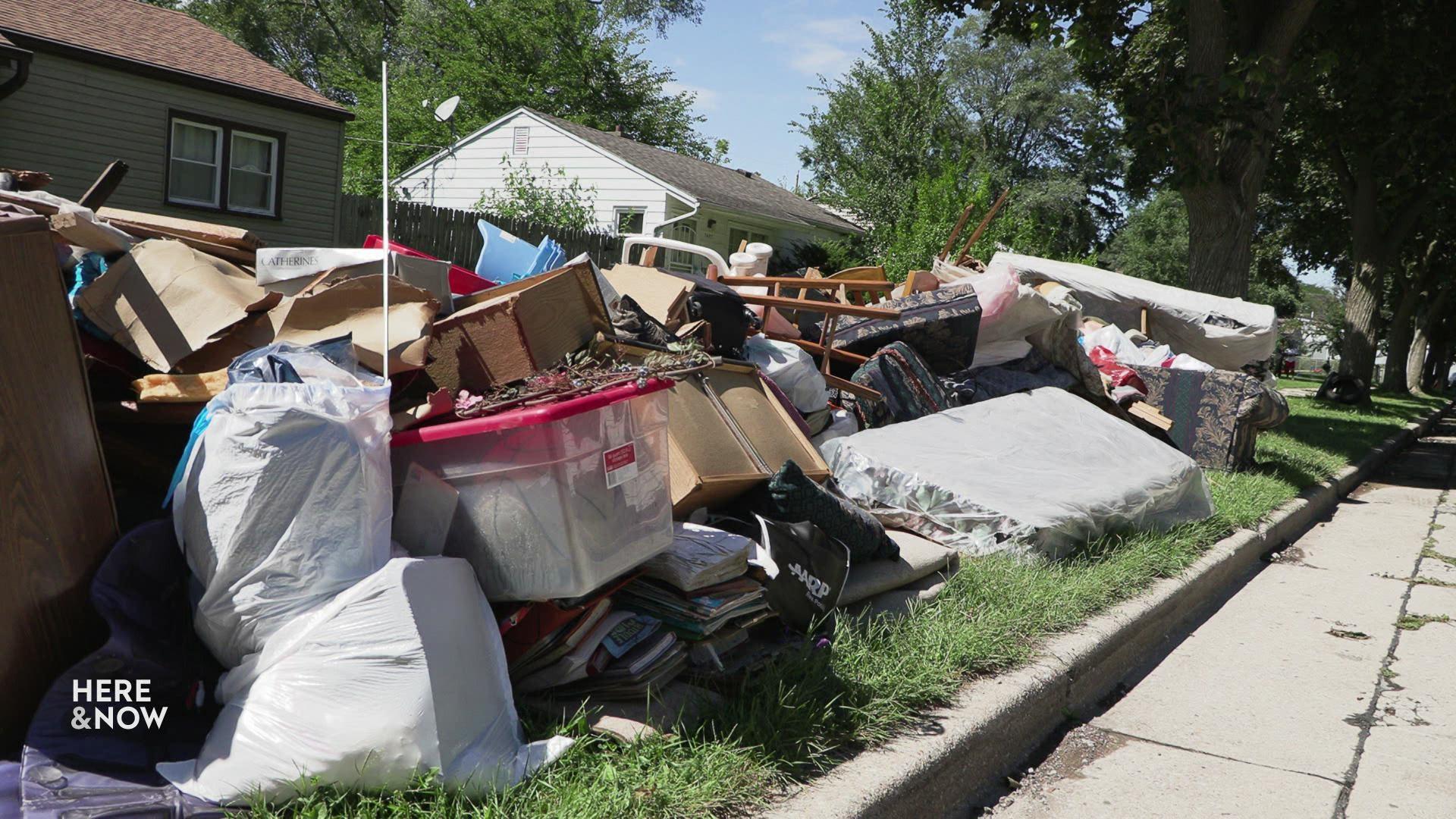
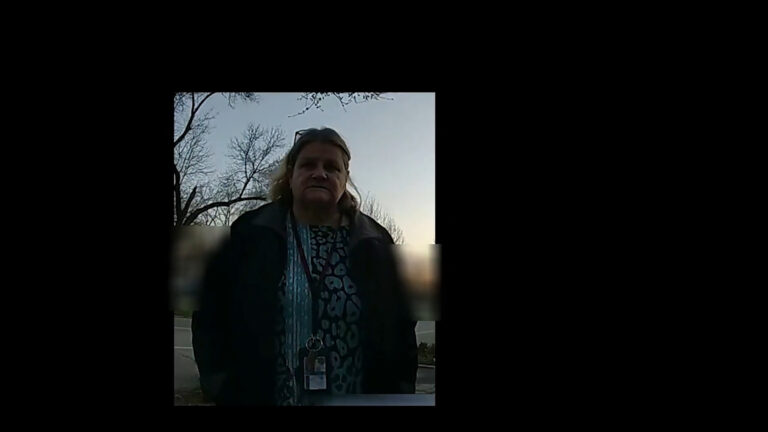
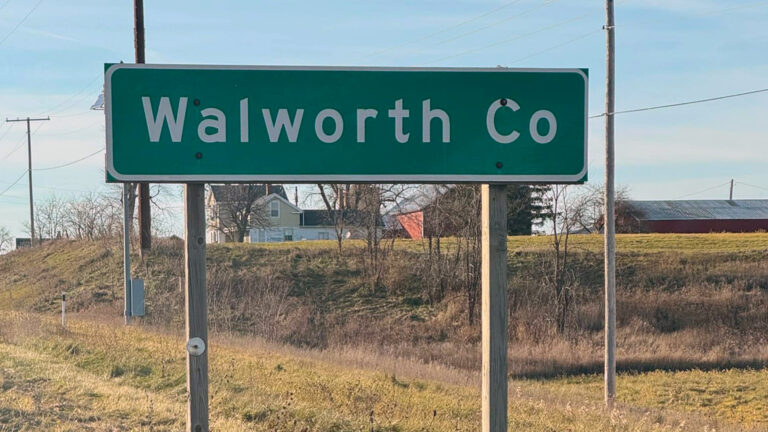
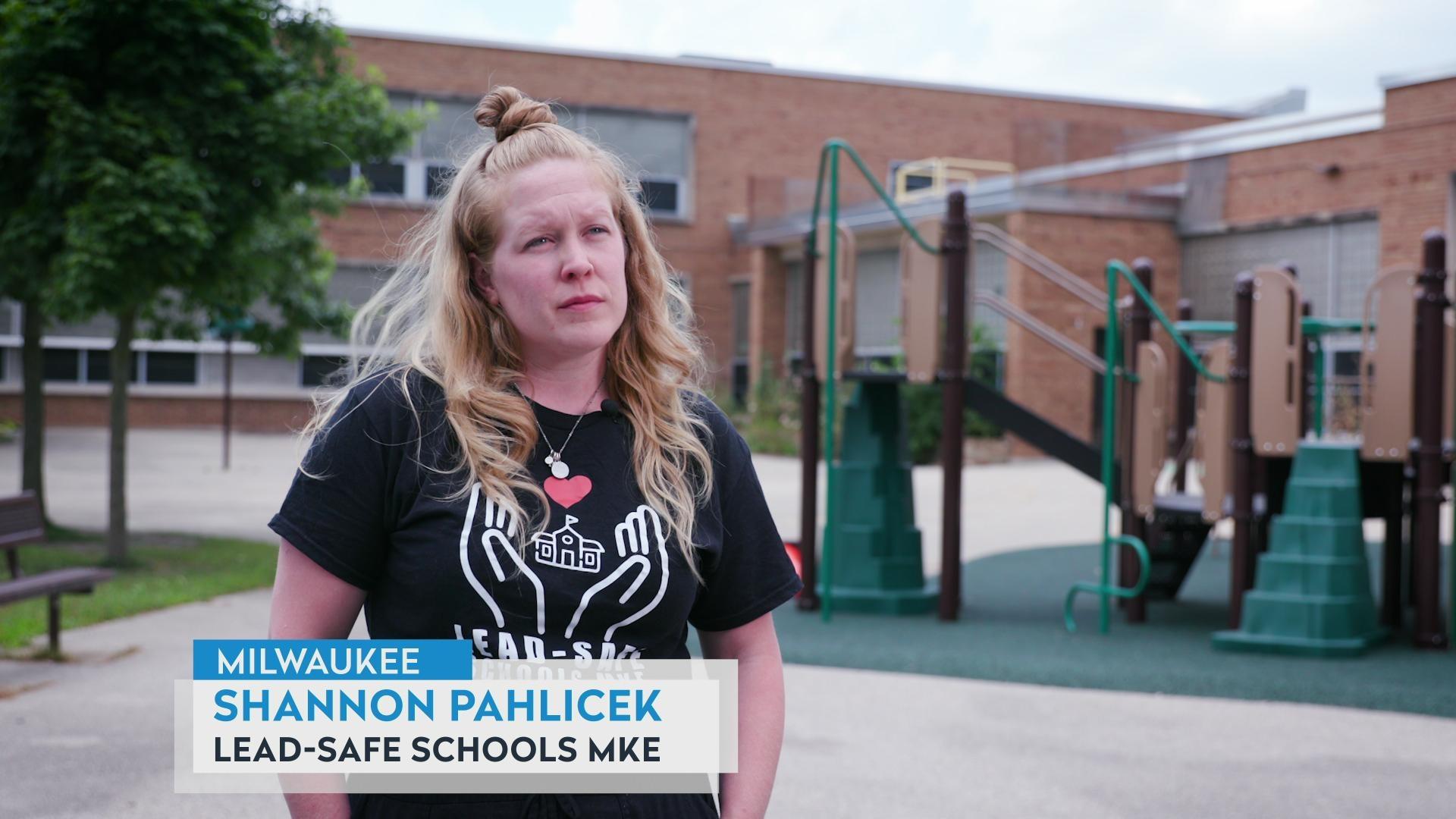
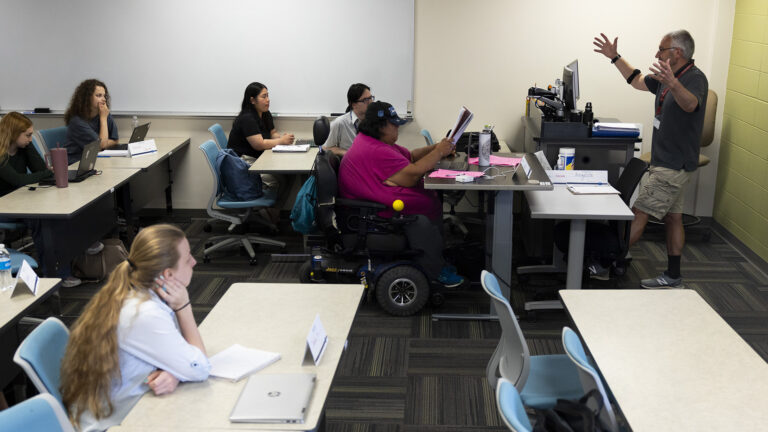
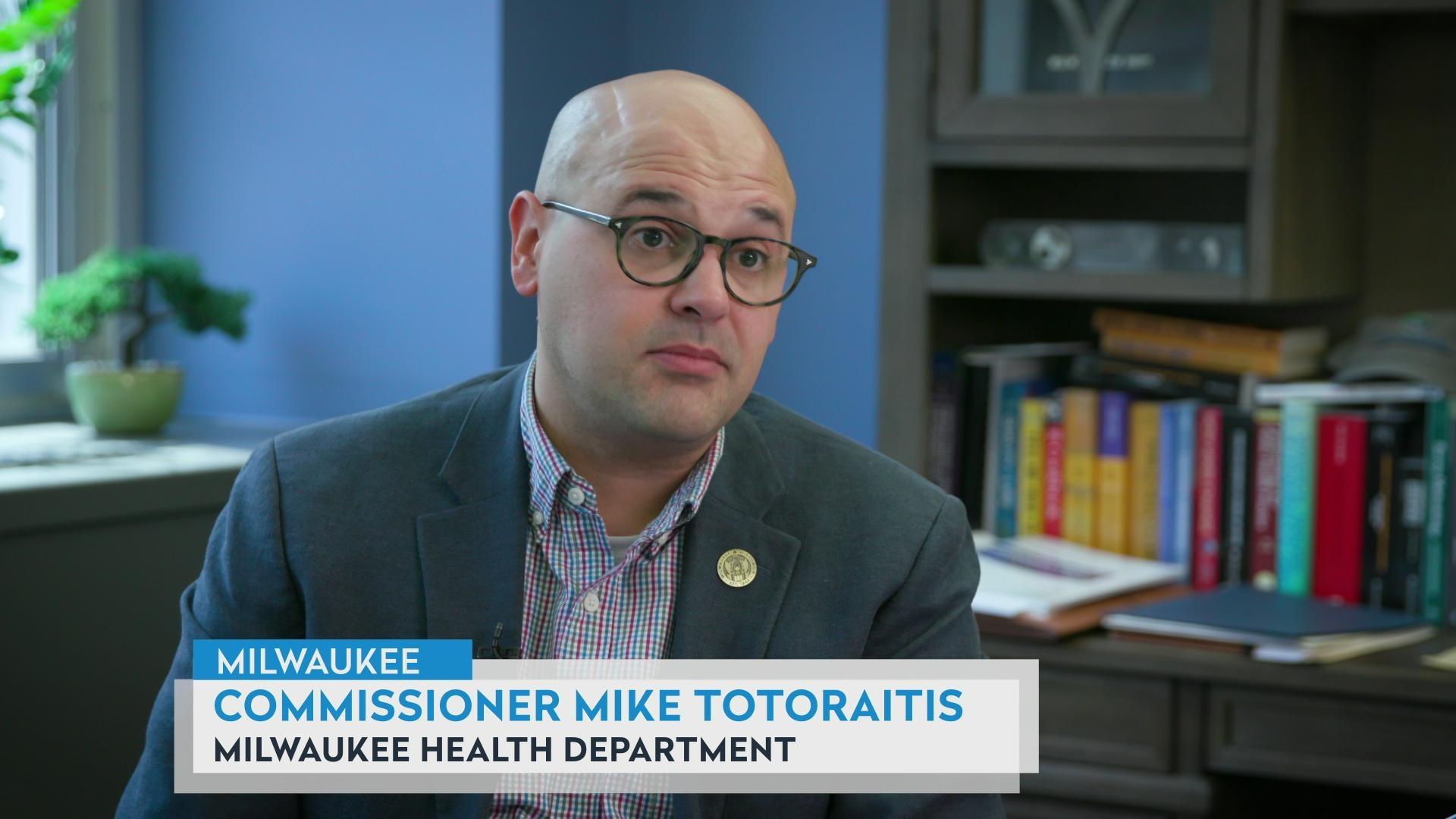

Follow Us